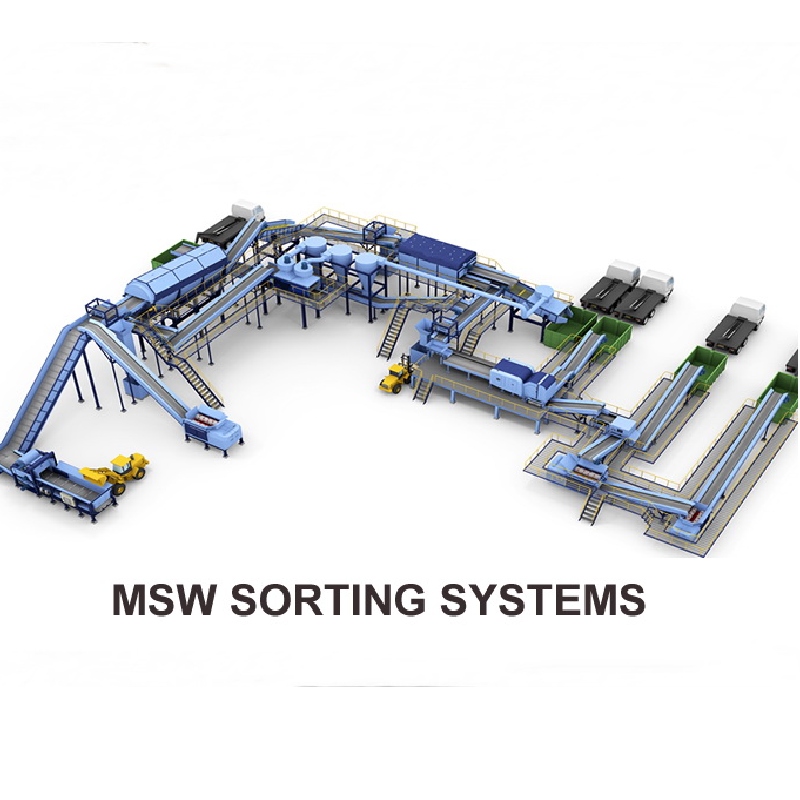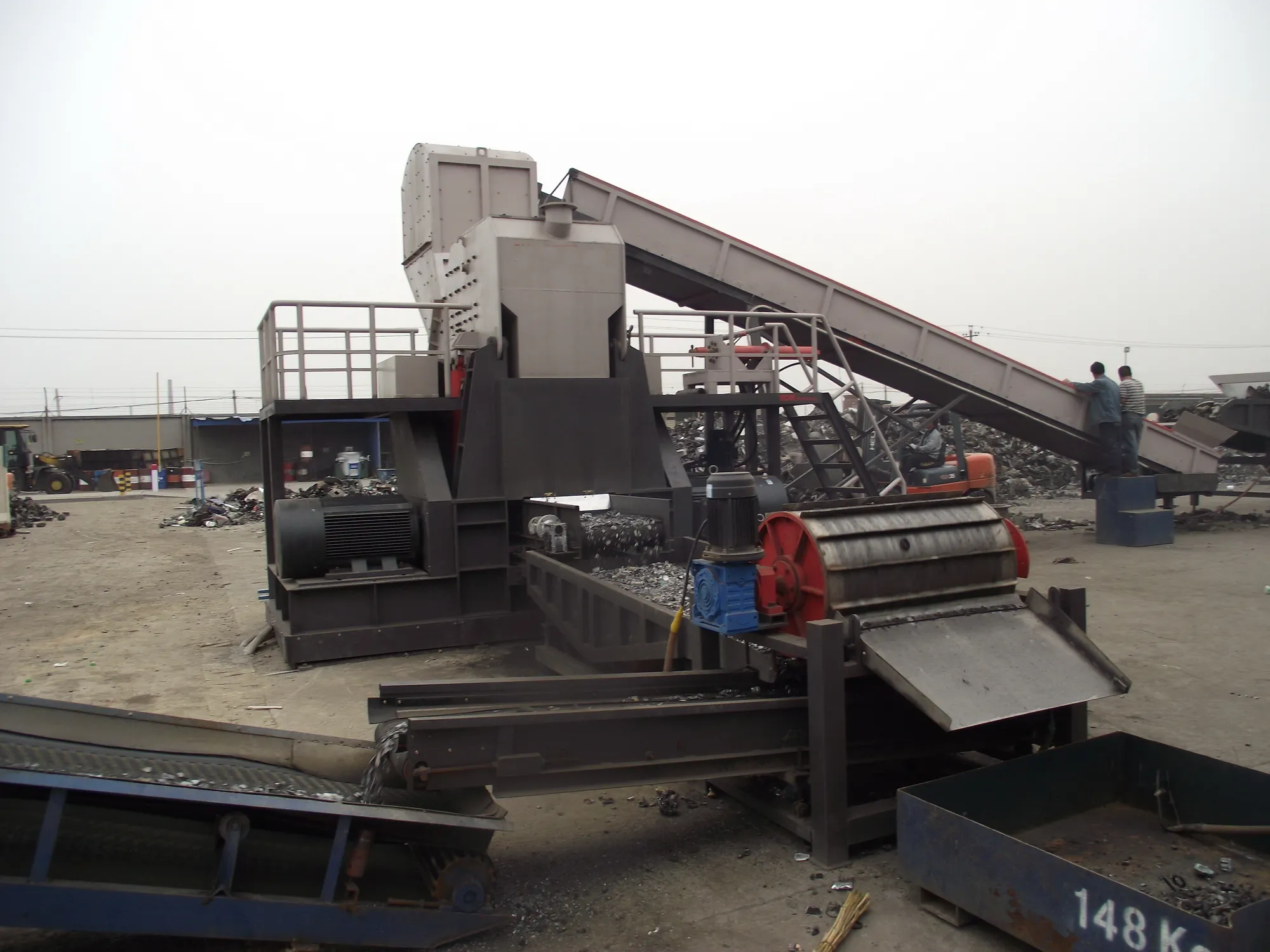Disposing of a plasma TV might seem like a straightforward task, but it's a process that requires careful consideration due to environmental concerns and local regulations. Plasma TVs, while being a marvel of technology in their heyday, have largely been replaced by superior and more efficient technologies. Yet, their disposal poses significant challenges both in terms of environmental impact and regulatory compliance.

Firstly, it is imperative to recognize the components of a plasma TV. Like most electronic devices, these TVs comprise a variety of materials, some of which can be hazardous if not handled correctly. The screens often contain heavy metals such as lead and mercury, which can be detrimental to the environment. Therefore, simply throwing a plasma TV into the trash isn't an option, as these substances can leak into the soil and water systems, leading to substantial environmental damage.
One effective way to dispose of your plasma TV is through recycling. Many electronic retailers and local municipal programs offer facilities for recycling electronic waste (e-waste). They have the expertise and facilities to strip down the televisions and appropriately handle each component. Before selecting a recycling service, ensure they comply with e-waste handling regulations like the WEEE Directive in Europe or R2 in the United States, as these certifications ensure safe and responsible recycling practices.

Another valuable option is upcycling or repurposing elements of the TV. Resourceful individuals might find use for parts such as the screen or casing in DIY projects. Communities online often share innovative ideas on how components from old electronics can be transformed into art or incorporated into new technologies. This not only reduces waste but also promotes a sustainable approach to discarded electronic equipment.
For those interested in offering their plasma TV to someone who might still find it useful, donating is a viable choice. Various charities and community organizations accept electronic donations in good working condition, providing technology access to individuals and families who might otherwise be unable to afford it. Before donating, ensure the TV is in working order, as organizations generally don't have the means to repair donated electronics.
how do you dispose of a plasma tv
Considering resale pathways can also be worthwhile. While the market for plasma TVs has diminished, there are still enthusiasts and collectors who appreciate vintage electronics. Platforms like eBay or Facebook Marketplace can connect you with buyers specifically looking for old technology. Ensure full transparency regarding the condition of the TV to maintain trustworthiness and foster positive buyer-seller relationships.
For those situations where the TV is beyond repair or not suitable for resale or donation, contact your local waste management authorities. Many regions have designated drop-off points for electronic waste, and they can guide you on the most environmentally friendly disposal methods. Often, these services are free or inexpensive, alleviating both the logistical burden and the potential environmental impact of improper disposal.
Lastly, it is essential to erase any personal data before disposing of a plasma TV, if applicable. Although not as data-rich as modern smart TVs, some models may still store information. Refer to the user manual or manufacturer’s website for instructions on performing a factory reset.
In conclusion, responsible disposal of a plasma TV is multi-faceted, requiring evaluation of environmental impact, adherence to legal requirements, and consideration of possible reuse. By leveraging local resources and fostering a mindset of sustainability and responsibility, one can effectively manage the disposal of a plasma TV while minimizing its carbon footprint and contributing to environmental preservation.


